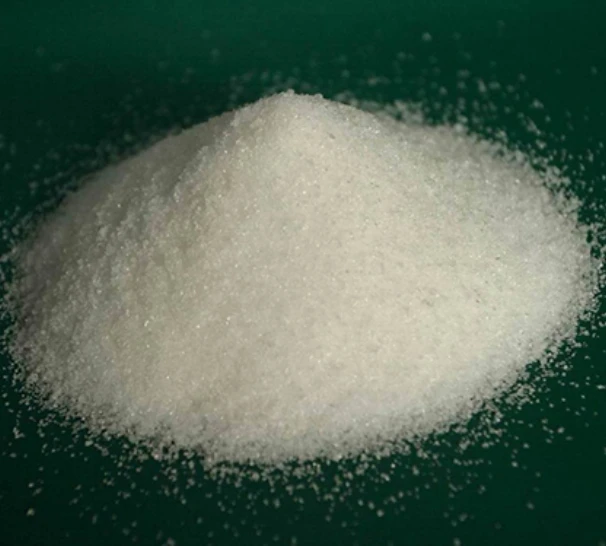Trends and Factors Influencing the Price of Polyaluminum Chloride in Today's Market
Understanding the Price Trends of Polyaluminum Chloride
Polyaluminum chloride (PAC) is a widely used coagulant in water treatment processes, recognized for its effectiveness in removing impurities from water. Its applications span various industries, including drinking water purification, wastewater treatment, and paper manufacturing. Given its significance, monitoring the price trends of polyaluminum chloride has become essential for businesses and industries that rely on this chemical. In this article, we will explore the factors influencing the price of PAC, recent trends, and future projections.
Factors Affecting the Price of Polyaluminum Chloride
1. Raw Material Costs The primary components used in the production of PAC include aluminum hydroxide and hydrochloric acid. Fluctuations in the prices of these raw materials significantly impact the overall cost of PAC. Recent increases in the prices of aluminum due to global demand and supply chain disruptions have put upward pressure on PAC prices.
2. Production Capacity and Technology The production process of polyaluminum chloride can vary widely among manufacturers, with some utilizing more advanced technologies that may reduce production costs. However, variations in production efficiency can also lead to price discrepancies across suppliers. Companies investing in the latest production technologies may offer better prices due to lower operational costs.
3. Demand and Supply Dynamics The demand for PAC is largely driven by the water treatment industry, which has grown significantly due to increasing water scarcity and pollution concerns. In regions with stringent water quality regulations, the demand for effective water treatment solutions has soared. Conversely, supply issues, such as production halts or logistical challenges, can lead to price surges.
4. Geopolitical Factors Trade policies, tariffs, and geopolitical tensions can influence the availability and pricing of polyaluminum chloride. Regions that are politically stable and have favorable trade agreements tend to have more consistent pricing, whereas regions facing sanctions or trade restrictions may experience volatility in PAC prices.
5. Market Competition The competitive landscape of the PAC market also plays a role in pricing strategies. Manufacturers competing to capture market share may offer lower prices, while companies with established reputations may price their products higher based on perceived quality. This competition can lead to price inconsistencies across the market.
polyaluminum chloride price

Recent Price Trends
Over the past few years, the price of polyaluminum chloride has witnessed fluctuations. Following the global pandemic, the demand for PAC surged as municipalities and industries heightened water treatment efforts. Consequently, prices rose significantly in 2021 and 2022. However, as supply chains began to stabilize, there was a temporary easing in pricing towards the end of 2022.
In 2023, PAC prices have again been subjected to pressure due to rising raw material costs and increased demand from emerging markets. Analysts suggest that the rates have risen by approximately 15%-20% in certain regions compared to the previous year. This increase is attributed not only to raw material inflation but also to growing environmental concerns that encourage the adoption of advanced water treatment chemicals like PAC.
Future Projections
Looking ahead, several trends could shape the polyaluminum chloride market. The global focus on sustainable and environmentally friendly water treatment solutions is expected to drive further demand for PAC. Companies are likely to invest in research and development to improve the efficiency and effectiveness of PAC, which may also lead to new applications and sectors where PAC can be utilized.
Additionally, as countries continue to impose stricter regulations on water quality, the demand for effective coagulants like polyaluminum chloride is anticipated to rise. This sustained demand could keep prices elevated, particularly if raw material costs remain high.
In conclusion, the price of polyaluminum chloride is influenced by a multitude of factors, ranging from raw material costs to geopolitical dynamics. Understanding these elements is crucial for industries dependent on PAC for their operations. With the ongoing trends and projections pointing towards a stable but potentially high price environment, stakeholders must stay informed and adaptable to manage costs effectively. As the market evolves, strategic planning and collaboration with reliable suppliers will be essential for maintaining competitiveness in this vital sector.
-
lk-319-special-scale-and-corrosion-inhibitor-for-steel-plants-advanced-solutions-for-industrial-water-systemsNewsAug.22,2025
-
flocculant-water-treatment-essential-chemical-solutions-for-purification-processesNewsAug.22,2025
-
isothiazolinones-versatile-microbial-control-agents-for-industrial-and-consumer-applicationsNewsAug.22,2025
-
scale-inhibitor-key-solutions-for-water-system-scale-preventionNewsAug.22,2025
-
organophosphonates-versatile-scale-inhibitors-for-industrial-water-systemsNewsAug.22,2025
-
scale-and-corrosion-inhibitor-essential-chemical-solutions-for-water-system-maintenanceNewsAug.22,2025





